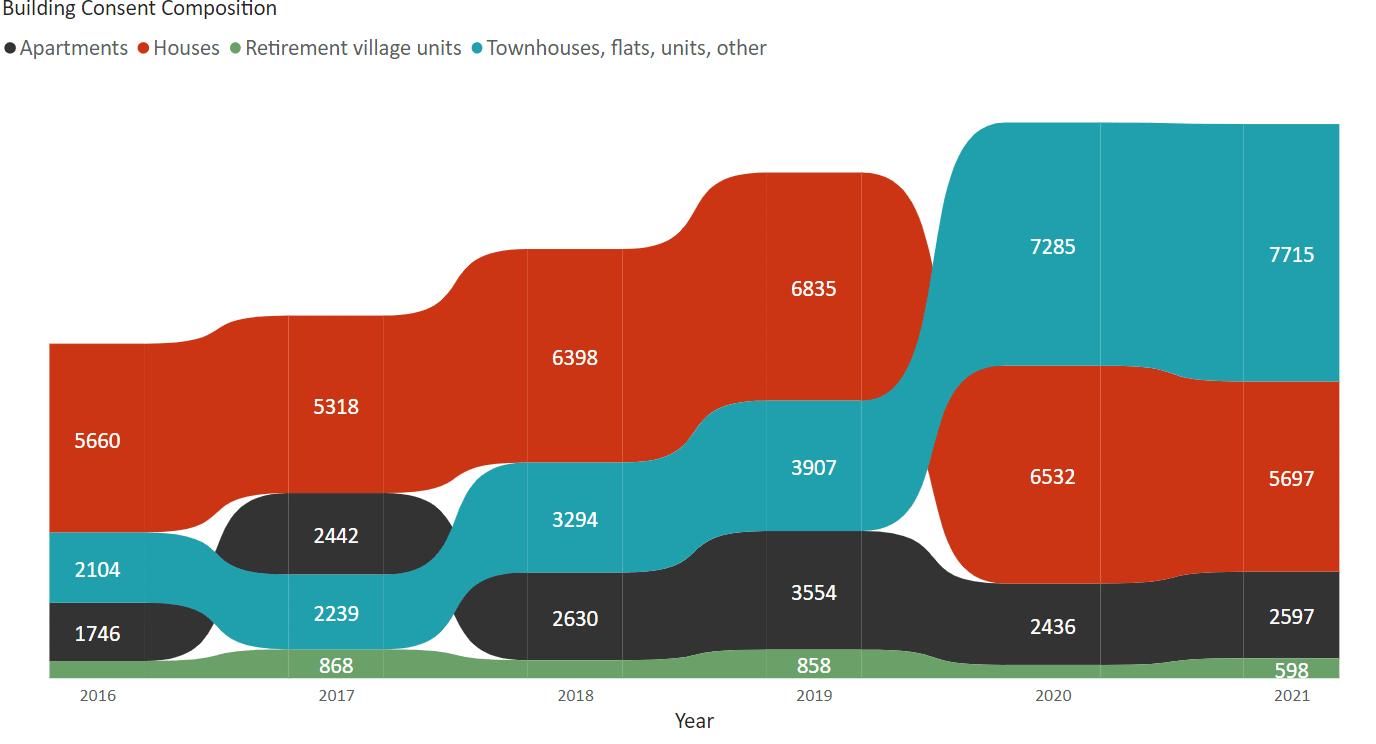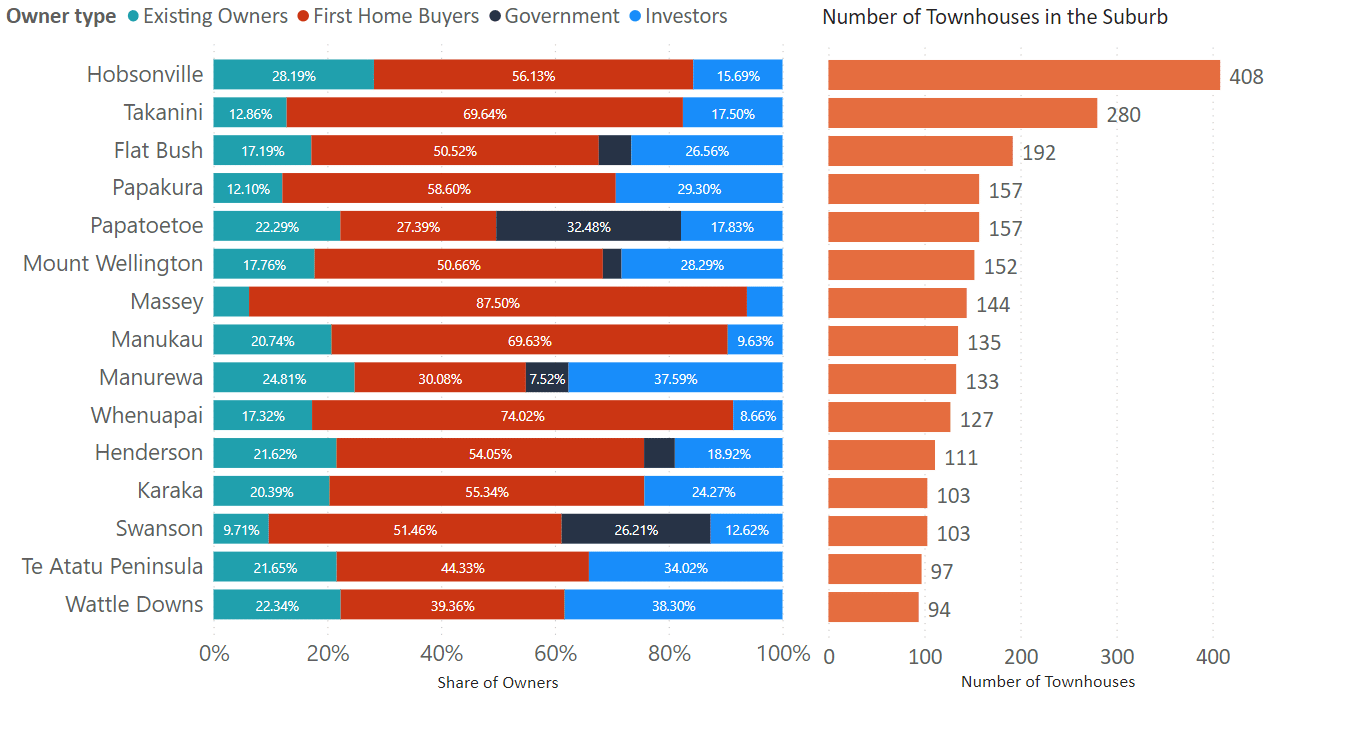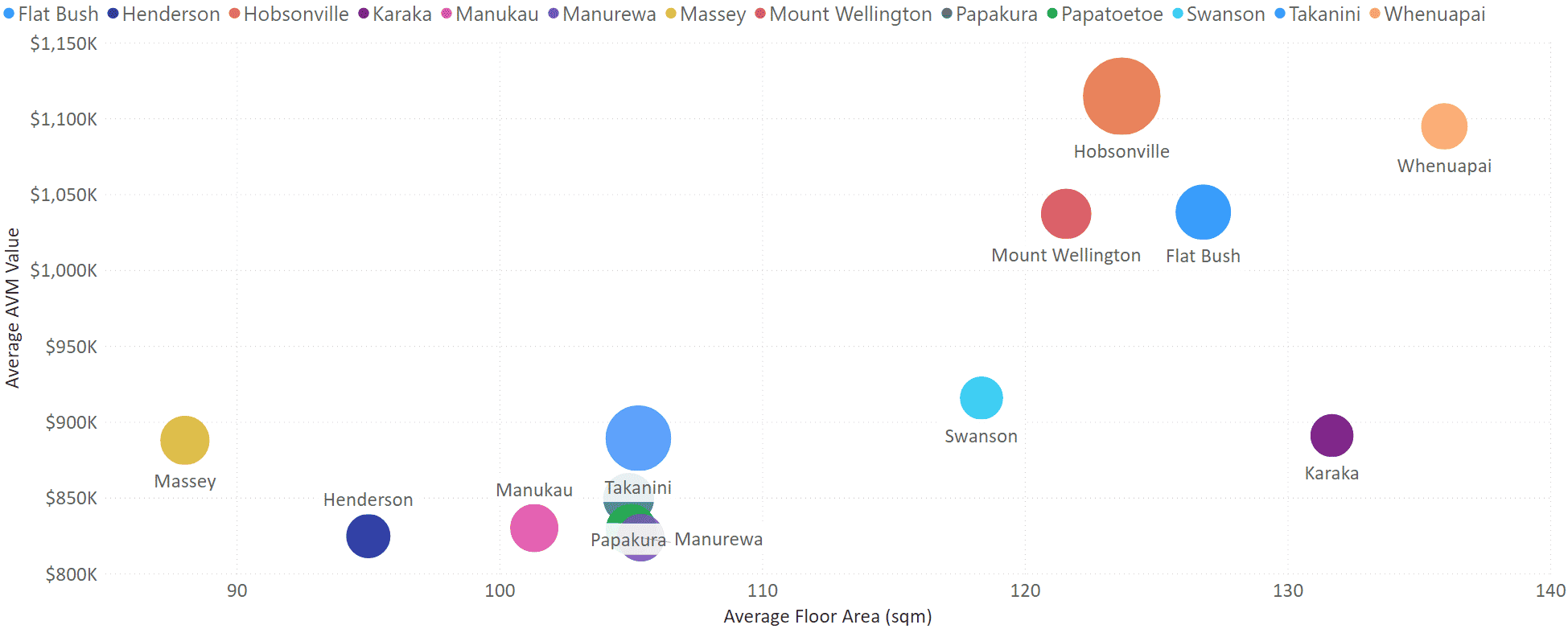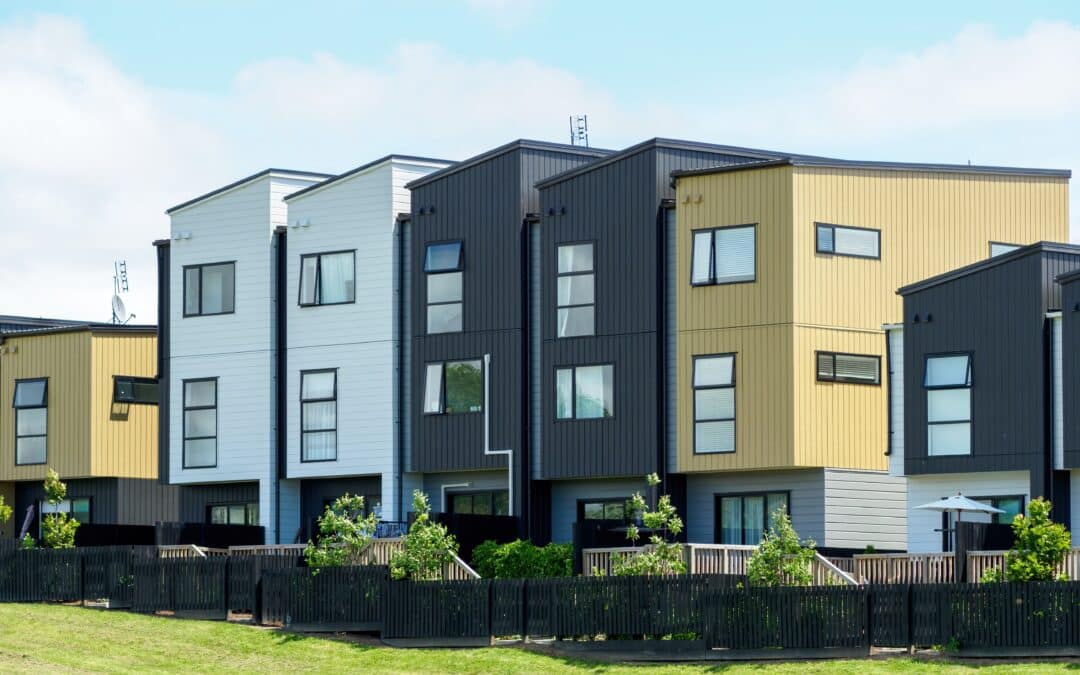Brought to you by Senior Research Analyst Wayne Shum
Executive Summary
In recent years, Auckland has undergone unprecedented growth in residential building to cater to its rising population and aging housing stock. The Unitary Plan adopted by the Auckland Council in 2016 replaced the District Plans from the legacy Councils in the region. The Unitary Plan:
- Removed density rules for residential developments
- Intensified residential land use along key arterial routes and public transport hubs
As the result of these changes, townhouses have become the dominant type of new homes both consented and constructed.
The Shift to Townhouses
The Auckland Unitary Plan had removed traditional density rules to encourage greater utilisation of existing residential land. The composition of new homes consented in Auckland has also changed since adopting the Unitary Plan. As a result, the number of new townhouses consented has been increasing since 2016, as developers took advantage of the unlocked development potential. Townhouses are defined as a dwelling, generally having two or more levels, and attached to other similar units via shared party walls. They can be Unit Title, Crosslease or Fee Simple titled. We have identified these townhouses based on Auckland Council’s District Valuation Roll data.

Figure 1: New Homes Building Consent Composition, Source: Auckland Council
Freestanding houses were still the dominant housing type consented between 2016 and 2019. However, rising land costs have encouraged intensification, and in 2020 we saw the number of townhouses that were consented overtake those for freestanding dwellings. This trend has continued and accelerated through 2022. The number of freestanding homes consented declined to 5,697 in 2022, down from a peak of 6,835 in 2019.
Where are these townhouses located?
Bucking the trend observed in previous development cycles where growth was primarily in the greenbelt, the provisions of the Unitary Plan has encouraged brownfield redevelopments in established suburbs. These townhouse developments are spread out across Auckland, but are particularly common in suburbs where existing sites were larger and level, such as West and South Auckland.

Figure 2: Location of the Townhouses
Who owns these new townhouses
Across Auckland, nearly half of the new townhouses are owned by First Home Buyers, with Investors holding nearly a quarter of the market.

Figure 3: Ownership of Townhouses in Auckland

Figure 4: Ownership breakdown by Suburbs (Top 15)
The suburbs with higher than the average share of First Home Buyer ownerships were those with large scale planned developments such as Hobsonville, Takanini and Whenuapai. These developments appeal to First Home Buyers for their proximity to transport and amenities.
Those with lower than average First Home Buyers ownership were those with townhouses as infill or brownfield redevelopments such as Wattle Downs, Te Atatu Peninsula, and Manurewa. Within these locations, townhouses tend to be constructed on a smaller, project by project basis.
How much are these townhouses?
We have also investigated the values of these townhouses and the size of these homes. Whilst the traditional belief that the larger than home, the higher the value holds true, the relationship with between value and size also presented some interesting trends.

Figure 5: Average Floor Area and AVM Value (suburbs over 100 townhouses)
Suburbs with the highest average value for townhouses were Hobsonville, Whenuapai and Flat Bush. These suburbs are greenfield developments with a comprehensive master plan providing schools, retail, and public transport hubs within these new subdivisions. In these suburbs, townhouses were also larger to cater to families.
On the opposite end of the spectrum, lower priced townhouses were located in established suburbs, where townhouses were more likely to be brownfield redevelopments. These townhouses were also smaller in size, reflecting infill nature of these small scale developments.
Conclusion
- Townhouses are now the dominant housing type being constructed across Auckland
- There are two main types of townhouses
- Small scale brownfield redevelopments, where existing homes were removed and new townhouses built
- Large scale greenfield master-planned developments with a mix of housing types in the greenbelt suburbs
- Townhouses are a popular option for First Home Buyers due to their lower price level and lower deposit requirements as new builds
- Townhouses will continue to be popular as developers are seeking more efficient use of land
- Newly built townhouses will be eligible for Interest Deductibility against rental income. With their lower prices compared to freestanding homes, they will continue to attract Investors whom already account for 24% of ownership of those built in the past two years
For further information, or if you would like to understand more about Auckland townhouses, please contact wayne.shum@valocityglobal.com.

